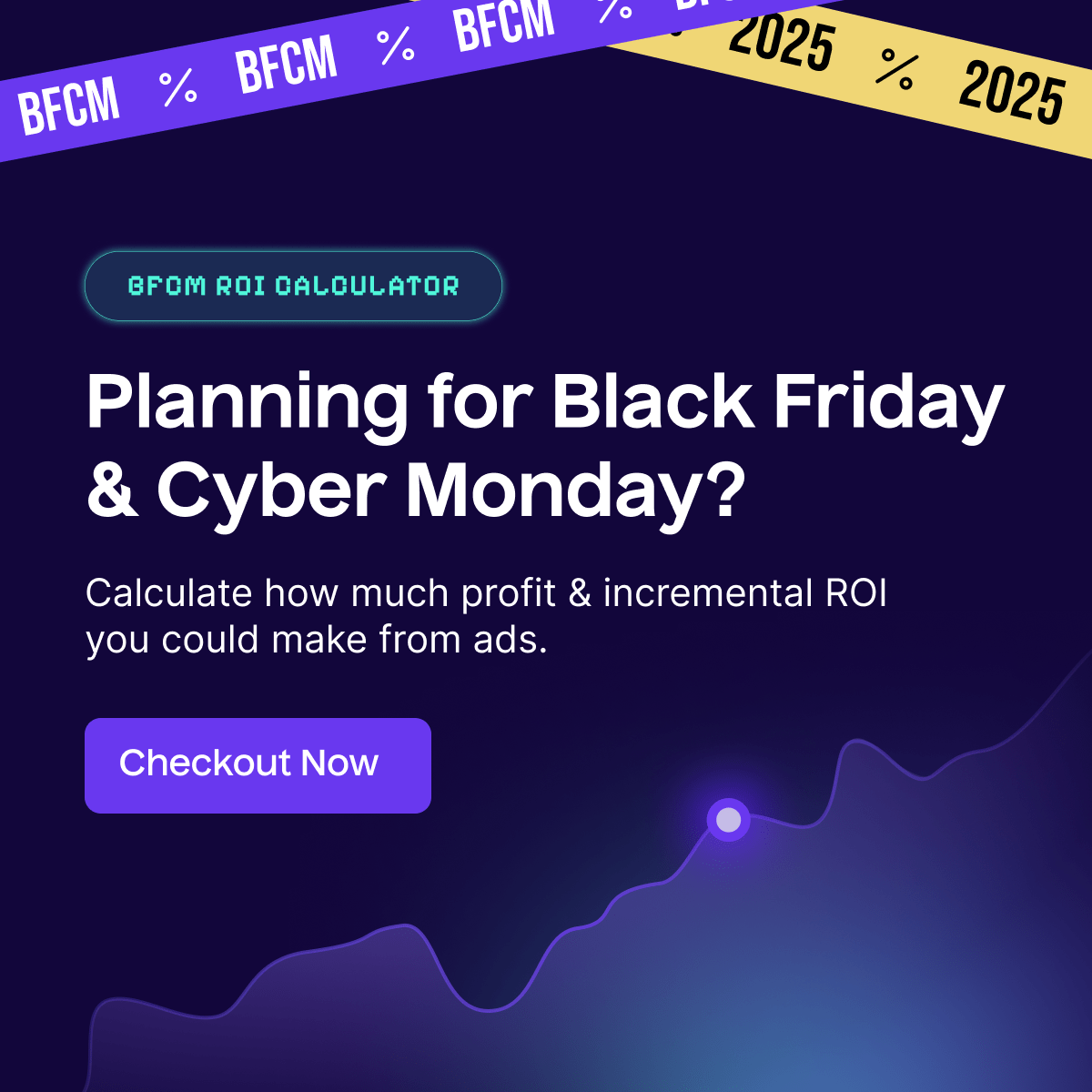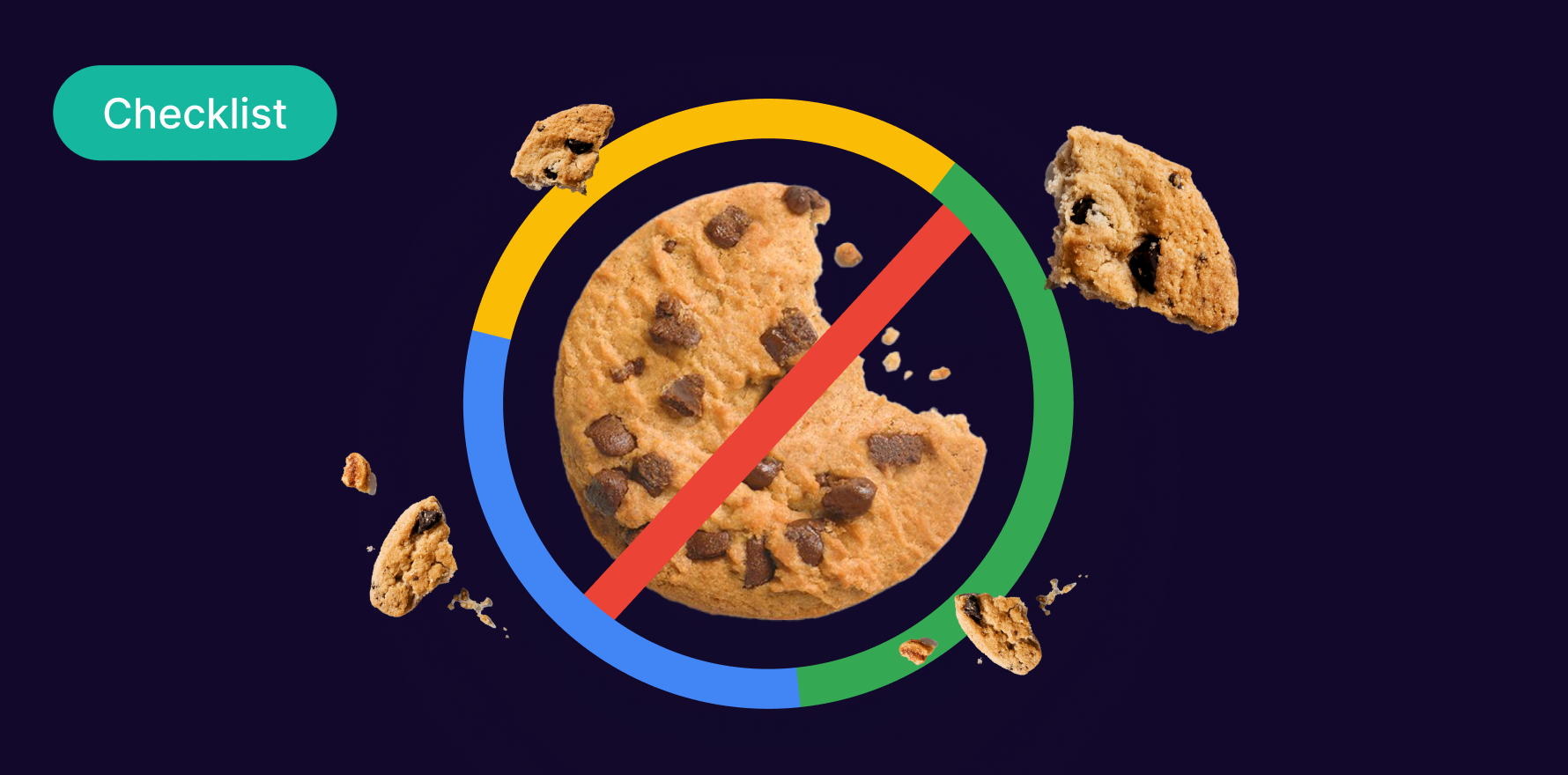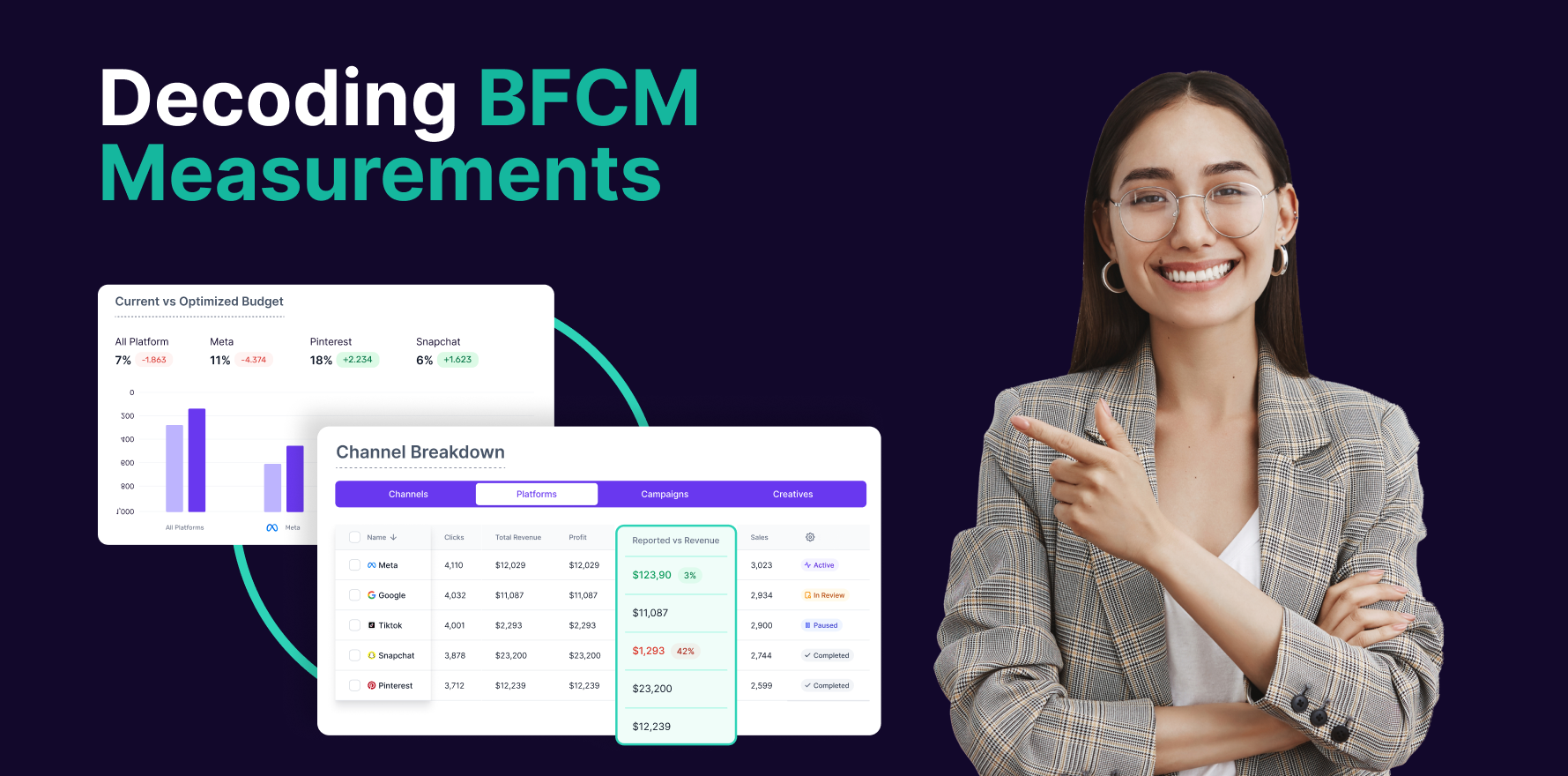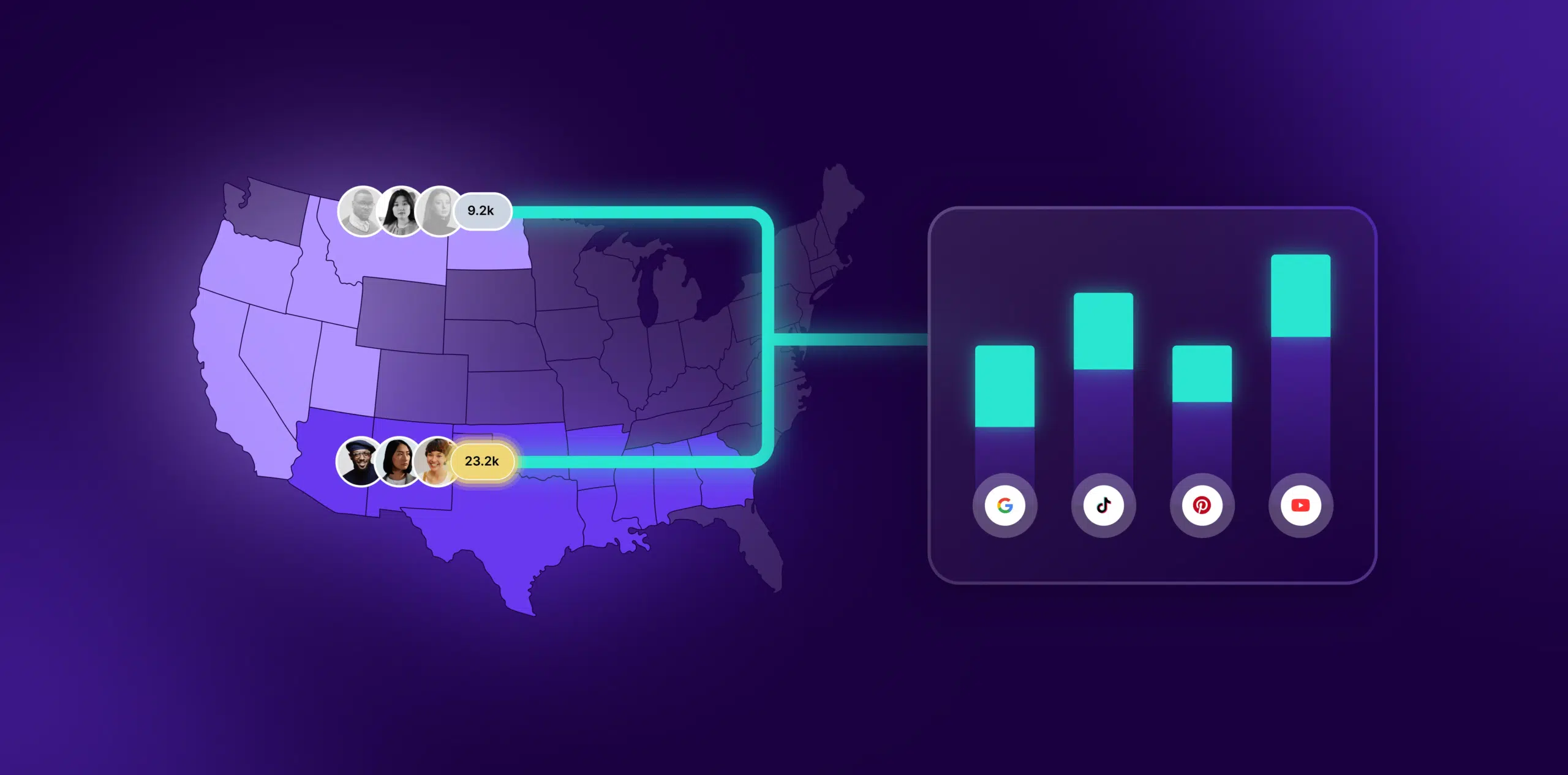What is Paid Reach?
Paid reach, found among digital ecommerce metrics, is a measurement of how many people have seen your advertisement. The total number of unique people who saw your ad content on the platforms is an important factor that you can measure for optimization and analysis.
Formula
Paid Reach = Total Impressions / Click-Through Rate (CTR)
Example
- Let’s say you are running a paid advertising campaign on a popular e-commerce platform. During a specific period, your ads received a total of 100,000 impressions, and the click-through rate (CTR) for those ads was 2%.
- Paid Reach = 100,000 / 0.02 = 5,000,000
Why is Paid Reach important?
Paid reach is closely related to other ecommerce metrics, such as sales, leads, and clicks. When measuring paid reach, you need to consider all of these metrics in order to gain a full understanding of the success of your campaigns. An increase in reach can often lead to an increase in other key metrics, such as sales and leads, so it’s important to measure both simultaneously.
Which factors impact Paid Reach?
There are several factors that can influence your reach, most notably the type of platform you are advertising on, the quality and relevance of your content, and the audience you are targeting. Additionally, the frequency of your ads and the budget of your campaigns can have a major impact on the reach of your ads.
How can Paid Reach be improved?
To improve your paid reach, you need to identify the channels that are most effective for your campaigns. This can be done by testing campaigns across different channels and analyzing the metrics to determine the best channel for maximum reach. Additionally, you should be targeting your ads at the right audience and creating quality content that resonates with your target market.
What is Paid Reach’s relationship with other metrics?
Paid reach is closely related to other ecommerce metrics, such as sales, leads, and clicks. When measuring paid reach, you need to consider all of these metrics in order to gain a full understanding of the success of your campaigns. An increase in reach can often lead to an increase in other key metrics, such as sales and leads, so it’s important to measure both simultaneously.
Free essential resources for success
Discover more from Lifesight






















































